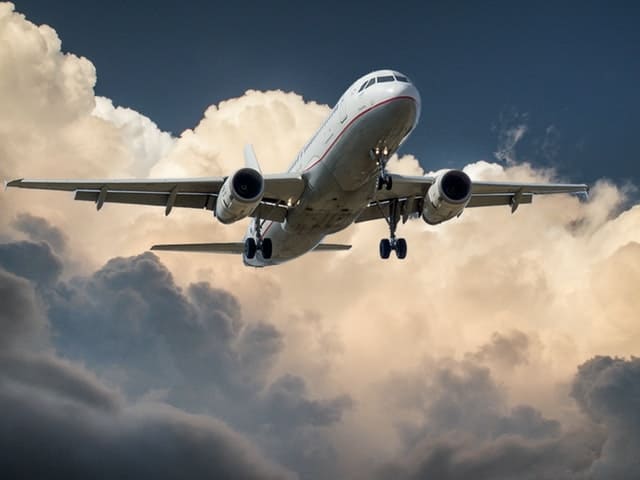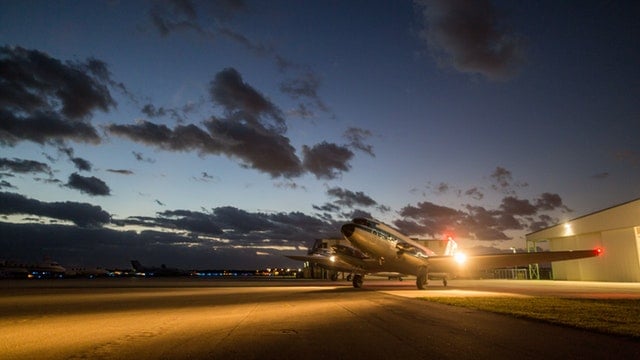Since the Lion Air and Ethiopian Airline crashes of Boeing 737 Max planes were discovered to have been partly caused by software and automated systems, many people have wondered how safe automated air travel really is. Although some older commercial airliners still use good old fashioned pilots in the cockpit, a growing majority of commercial airliners have automated systems. These systems are capable of replacing pilots; controlling the aircraft and even complete safe landings.
Despite worries by consumers, it seems inevitable that the future of air travel will be self-flying planes. Self-flying planes used to be in the realm of sci-fi, but with innovations in technology, and the prospects of reduced costs for airliners, planes that self-fly aren’t as far-fetched as they once seemed.
In recent times technological companies have heavily invested into self-driving cars. And airline companies have also followed this trend, albeit with less fanfare.
Airbus
Aviation industry giant, Airbus, is currently developing an air taxi. This taxi, dubbed Vahana, is a tilt-wing, multi-propeller aircraft capable of takeoff and flying about 50 miles. Although meant for urban transportation, it is not hard to imagine Airbus taking the leap to larger, more efficient aircraft.
Boeing
Despite the Boeing 737 Max disaster, Airbus’s main rival, Boeing has revealed that plans for self-flying airplanes might be on the way sooner rather than later. The company’s vice-president of Product Development, Mike Sinnet, at the 2016 Paris Air Show that “the basic building blocks of the (self-flying) technology clearly are available”.
Effects of Automated Flying Systems
Self-flying aircraft come with different effects both positive and negative.
First of all, automated air systems can cause pilots to lose concentration. Since most of the work is done by the computer system, the pilot tends to be lax. This is reportedly what happened in the Air France Flight 447 crash in 2009. The autopilot switched itself off and the pilots were unable to figure out the course of safety.
Aside from losing focus, spending a lot of time flying with automated systems is reported to dull the ability of pilots to fly planes without help. Airplanes rely more and more on automated systems now. For example, a pilot of a Boeing commercial plane reportedly only manually flies the plane for 3-6 minutes.
The Aviation Industry’s Stance

Despite some of the misgivings and effects, the aviation industry fully supports automated systems and is actively looking for ways to manufacture completely automated aircraft.
This stance is due to a couple of reasons.
Airliners claim that they would save money and solve the problem of a few qualified pilots in a single stroke with automated systems. By changing the design of the cockpit, and the front of the aircraft, they would save power expended and the cost of using such power.
As pointed out earlier the big players in the industry are actively testing out fully automated systems. Aside from Airbus and Boeing, delivery agencies Amazon and UPS are developing their own crafts to help with automated deliveries.
The German company Volocopter has gone further by testing out air taxis since 2016. From Google to Uber to Bell, all the big players are actively interested in these vehicles.
The Consumer’s Stance
The excitement in the aviation industry is not fully matched in the consumer market. Although many folks do not recognize the extent that automation plays in flying aircraft, reports suggest that most people are more comfortable with having a driver in the cockpit, instead of a computer.
The reason for this apprehension is mostly due to a lack of information about how much safer and efficient automated systems really are. If more people realized how much safer it is, they’d be more willing to adopt it.
The Future of Air Travel
The cold, hard truth is that automation is here to stay. As technology continues to grow and giants in the industry continue to pump money into funding, the automated system will continue to be used and developed.
Despite misgivings by the public, automated systems are the safest means of traveling. Air travel is statistically the safest means of travel, and most accidents have been as a result of human error, not machines.
Large airplanes might adopt fully automated systems later than smaller air taxis because of the cost and technology required, but we are convinced the future of air travel will be self-flying crafts sooner rather than later.
